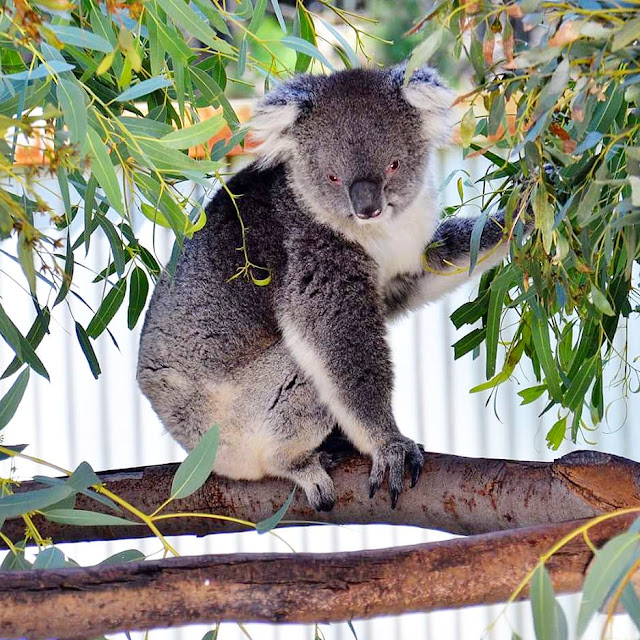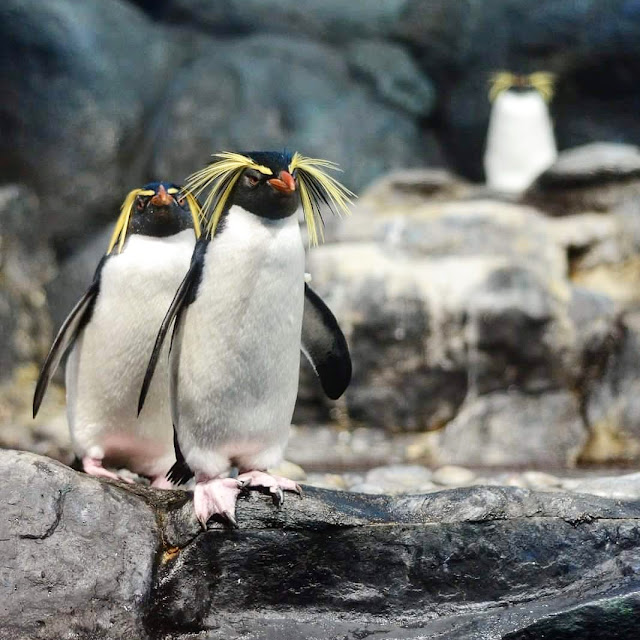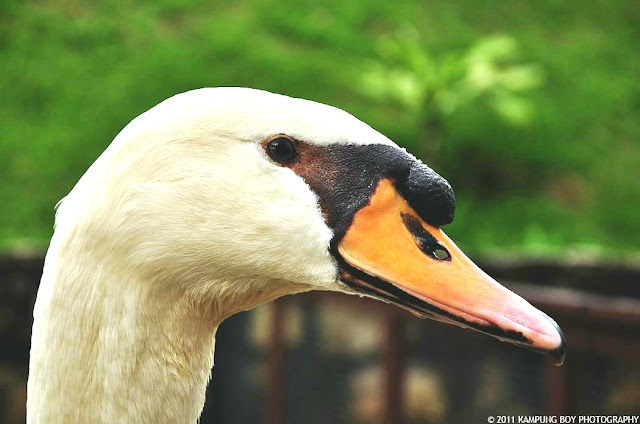Kangaroo

Photo by Fadzil Hisham The kangaroo is a marsupial from the family Macropodidae (macropods, meaning "large foot"). Kangaroos are indigenous to Australia. There were about 34.3 million kangaroos lived in Australia in 2011. Kangaroos have large, powerful hind legs, large feet adapted for leaping, a long muscular tail for balance, and a small head. They can leap some 30 feet (9 meters) in a single bound, and travel more than 30 miles (48 kilometers) per hour. Like most marsupials, female kangaroos have a pouch on their belly, made by a fold in the skin, to cradle baby kangaroos called joeys. Photo by Fadzil Hisham Newborn joeys are just one inch long (2.5 centimeters) at birth, or about the size of a grape. After birth, joeys travel, unassisted, through their mom’s thick fur to the comfort and safety of the pouch. A newborn joey can’t suckle or swallow, so the kangaroo mom uses her muscles to pump milk down its throat. At around 4 months, the joey emerges f...













